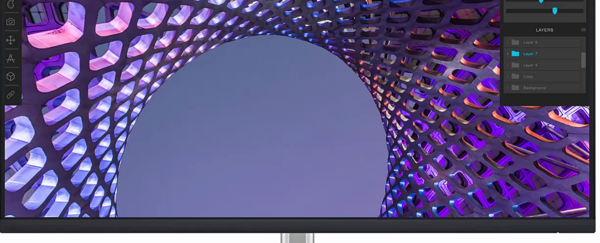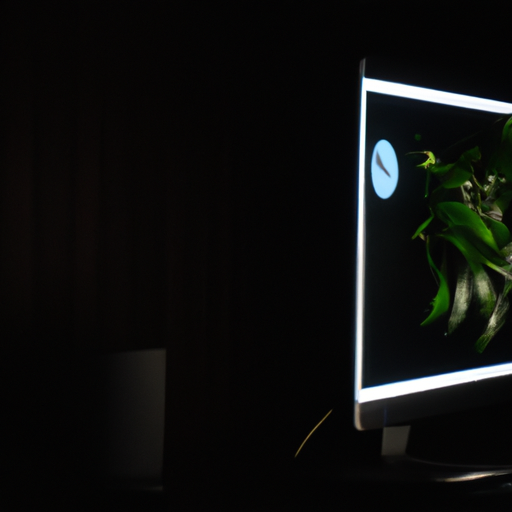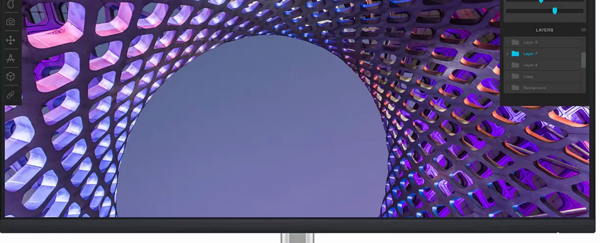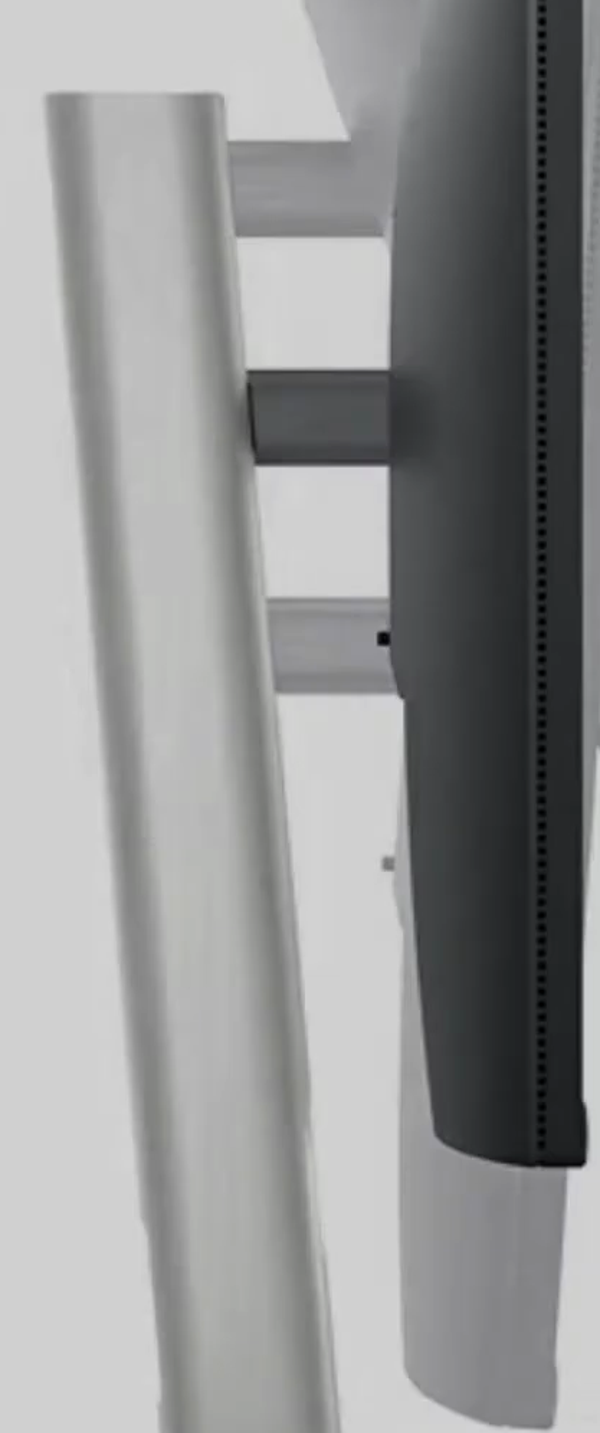Note: As an Amazon Associate I earn from qualifying purchases.
My use of the Dell P3221D 31.5’ QHD 1440p LCD Monitor (2024)
Introduction
I recently purchased the Dell P3221D monitor for my workspace upgrade. This QHD monitor’s large screen facilitates multitasking efficiently. The image quality is excellent for both work and leisure activities. With an ergonomic design and diverse connectivity options, it has become a key component of my daily work. Despite some limitations, such as high-end gaming, this monitor caters well to my professional and casual requirements - more on this below.
Specifications
| Property | Value | Property | Value |
|---|---|---|---|
| Screen Size | 32 Inches | Display Resolution Maximum | QHD 2560 x 1440 Pixels |
| Brand | Dell | Special Feature | Anti-Glare Coating |
| Refresh Rate | 60 Hz |
Photos
Click on photos to enlarge them:
Prices
Check prices of the Dell P3221D 31.5’ QHD Monitor Black on:
Optimal Viewing Experience

When it comes to monitors, a prime viewing experience is essential for productivity and enjoyment, and the Dell P3221D seems to hit many sweet spots. With its 31.5-inch display and QHD 2560 x 1440 resolution, the amount of screen real estate is striking. This kind of space allows me to view documents side by side effortlessly, which is a boon for multitasking.
The 16:9 widescreen resolution shines when I’m watching videos or gaming after work hours. It engulfs me in a cinematic feel, which is a noticeable upgrade from the standard FHD monitors. Another not so subtle feature is the IPS technology that offers wide viewing angles. I can move around my desk without any color shifting – a quality vital for group presentations or when I just want to relax at different spots in my room.
However, not everything is perfect. While a refresh rate of 60 Hz is standard for office work, it lags behind what dedicated gaming monitors offer. It’s sufficient for casual gaming but might not satisfy the serious gamers looking for smoother motion in fast-paced games.
Here’s a quick rundown of the positives:
Large screen with QHD resolution provides crystal clear detail and ample workspace.
IPS technology keeps the picture consistent from different angles.
Flicker-free screen with ComfortView is gentle on the eyes, making long workdays less straining.
As for drawbacks:
60 Hz refresh rate may not be ideal for hardcore gamers.
The 350 Nit brightness is impressive, but there are brighter screens available if you’re working in a very well-lit environment.
I also admire the ergonomic design, allowing me to tilt, swivel, and adjust the height, but I’ll delve deeper into that in another section.
The anti-glare coating is a lifesaver, as I don’t need to constantly reposition the monitor or myself to avoid reflections, especially on sunny days. Though power users may desire more than the provided USB 3.2 Gen1 ports for peripherals and quicker data transfers.
In my usage, the Dell P3221D offers a premium experience, taking care of most of my needs. It excels at being a versatile display that can pivot from being a productive workhorse during the day to an entertainment center at night. Sure, every product can see improvements, but this monitor has me mostly covered, and I can foresee it being a reliable fixture on my desk.
Ergonomics and Compatibility

The Dell P3221D monitor has undoubtedly become a key component in my daily workflow, providing a high level of adaptability to various working conditions. As someone deeply invested in creating an ergonomic and compatible work environment, this monitor offers a handful of features that significantly enhance productivity while considering user comfort. Let’s drill down into some critical aspects:
Adjustability: The ability to tilt, swivel, pivot, and adjust the height of the monitor is a game-changer. I can easily find the ideal viewing angle, which is crucial during long hours of work and helps in reducing neck and back strain.
VESA Compatibility: Being able to mount this monitor on a wall or stand is very convenient. It frees up desk space and allows for a cleaner, more organized setup. However, one should consider the additional cost of purchasing a VESA mount if not already owned.
Physical Connectivity: The range of ports, including HDMI, DP port, USB Type-C, and several USB 2.0 downstream ports, allows me to connect multiple devices simultaneously. Although it can sometimes feel excessive, I appreciate the flexibility.
Easy Arrange: I often work with multiple applications open at once, and the ability to tile them easily across the screen has proven invaluable. It streamlines my multitasking and makes the screen real estate work to its full potential.
Quick Release Slot: The snap-on feature is a nice touch that makes setting up or moving the monitor a breeze. It’s a small but appreciated detail in the everyday hustle.
One aspect that could be improved upon is the refresh rate. At 60 Hz, it’s perfectly fine for office work and general use, but it might not satisfy the needs of gaming enthusiasts or professionals engaged in high-end video editing. Also, while the presence of a security lock slot is reassuring, it requires buying an additional lock.
Using this monitor has been a breath of fresh air for someone like me, who values an organized and highly functional workspace. The ergonomic options have had a positive impact on my physical well-being, allowing me to work comfortably for extended periods. Transitioning between tasks, as well as connecting and disconnecting from a home office setup, has become less of a chore thanks to the versatile features this monitor boasts.
In the continual quest for the perfect home office setup, this monitor strikes a commendable balance between comfort, compatibility, and functionality. It may not tick every imaginable box for every potential user, but for the majority looking to boost their productivity in a comfortable and adaptable manner, it stands as a strong contender in the current market.
Connectivity and Convenience

When I first started using the Dell P3221D Monitor, I was looking for a screen that not only enhanced my productivity but also simplified my workspace. The array of connectivity options on this monitor certainly caught my attention. Notably, the USB Type-C connectivity stands out because it reduces clutter with a single cable that transfers power, data, and audio. Here are the changes I noticed after incorporating this monitor into my setup:
Reduced cable clutter, which leads to a cleaner desk.
Easy single-cable connection to multiple devices, making it ideal for hot-desking environments or shared workspaces.
65W power delivery, particularly impressive, keeps my laptop charged without needing a separate power brick.
The seamless USB-C connectivity also allowed me to save a noticeable amount of time setting up my workspace.
In addition to these, the monitor includes HDMI and DisplayPort options, as well as multiple USB ports for essential peripherals. These are crucial for my workflow, where I frequently switch between different devices. The Quick Release Slot is a convenience feature that lets me easily mount and dismount the monitor, which is helpful when moving or adjusting my setup.
However, as much as I appreciate the USB-C feature, it has its limitations. Laptops that require more than 65W for charging won’t fully benefit from the one-cable setup this monitor offers. Furthermore, those utilizing legacy systems might find the USB-C centric approach a little forward-thinking and may need adapters.
Another aspect I can’t overlook is the Always On mode. It ensures that even when the monitor is off, my devices continue to charge. This feature is undervalued until you experience the peace of mind it brings, knowing that your laptop won’t run out of battery unexpectedly.
Despite these numerous benefits, one thing I find lacking is the refresh rate at 60Hz. While it’s sufficient for office-related tasks, avid gamers or those who use the monitor for high-frame-rate applications might feel restricted.
Overall, the Dell P3221D is a robust contender when it comes to improving workspace efficiency. Sure, there are a few limitations to consider, but the pros significantly outweigh the cons when it comes to connectivity and convenience. The monitor wonderfully bridges the gap between a multitude of devices and the need for a simplified, streamlined workstation.
Energy Efficiency and Management

In the realm of energy efficiency and management, the Dell P3221D Monitor has some noteworthy features that make it a standout choice for environmentally conscious consumers like me. Its PowerNap feature smartly dims or sleeps the monitor when not in use, which certainly helps in reducing energy consumption. From my experience, simple energy-saving options are a small but significant step towards lowering electrical bills and carbon footprints.
Here are key points regarding energy efficiency and management:
High PPI & Enhanced Efficiency: A higher PPI (pixels per inch) than FHD means the images are sharper and more detailed, and interestingly, this does not compromise energy efficiency. On the contrary, it’s an added bonus that I can enjoy top-notch clarity without feeling guilty about energy waste.
Power Delivery: The monitor’s ability to charge other devices, like my laptop, with 65W power delivery while it’s on saves me from having to use an additional charger, conserving energy at my workstation.
Always On Charging: This is a little double-edged. Although I love the convenience of being able to charge devices with the monitor off, it also means the monitor is constantly drawing power. However, for the sake of uninterrupted productivity, this is a trade-off I can accept.
PowerNap: It’s a feature that I appreciate as it dims or sleeps the monitor when it’s not active, conserving energy without any extra action on my part.
However, it’s worth noting some minor drawbacks in the context of energy management. The Always On mode is convenient, but from a strict energy-saving perspective, it could be seen as a bit of a drain since the monitor keeps supplying power even when not in active use.
Furthermore, with a refresh rate of 60 Hz, it’s evident that this monitor is not especially designed for high-end gaming which often requires faster refresh rates, but for standard office tasks and casual entertainment, this refresh rate is more than sufficient and actually helps maintain a balance between performance and energy consumption.
The tricky part about energy efficiency is that sometimes the features that make a device convenient can also lead to a slight increase in power usage. Overall, though, I find that the energy-conscious design of this Dell monitor aligns well with my preference for efficient, eco-friendly technology. While nothing is perfect, the balance of features in the Dell P3221D Monitor skews positively towards both sustainability and functionality, making it an asset in my quest to be both productive and environmentally responsible.


